
The Värmland Regiment, designations I 22, I 2 and I 2/Fo 52, was a Swedish Army infantry regiment that traces its origins back to the 16th century. The regiment's soldiers were originally recruited from the province of Värmland, where the unit was later garrisoned. The unit was disbanded as a result of the disarmament policies set forward in the Defence Act of 2000.

The Parachute Ranger School, is the Swedish Army's paratrooper ranger school and the home of Fallskärmsjägarna and Särskilda operationsgruppen. The school was founded in 1952 by captain Nils-Ivar Carlborg with the intention of creating and training small specialized units no bigger than platoons which were capable of operating deep behind enemy lines and inside enemy-controlled territory. Training is provided for both normal and static line jumps using the C-130 Hercules aircraft, as well as nighttime jumps, free fall jumps, HALO and HAHO. The school was reorganized into the 323rd Parachute Ranger Company in 2009.

Blekinge Wing, also F 17 Kallinge, or simply F 17, is a Swedish Air Force wing with the main base located near Ronneby in southern Sweden. It is one of the three remaining wings in Sweden and currently has two squadrons of multirole aircraft. F 17 in the south and F 21 in the north are the two wings remaining to have operational squadrons. F 7 is a school where pilots begin their training in the JAS 39 Gripen. After that the pilot's training is moved out to the two operational wings there they learn their final skills.

The Göta Signal Corps, designations S 1 Sk and S 2, was a Swedish Army signal unit, one of the few new formations raised in the 20th century. It was disbanded in 1997. The unit was garrisoned in Västergötland.

Uppland Wing, also F 16 Uppsala, or simply F 16, is a Swedish Air Force wing with the main base located at Ärna Air Base northwest of Uppsala, Sweden.

Östgöta Wing, also F 3 Malmslätt, or simply F 3, is a former Swedish Air Force wing with the main base located at Malmen air base near Linköping in south-eastern Sweden.
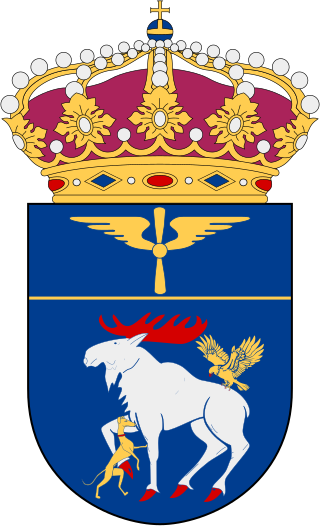
Jämtland Wing, also F 4 Frösön, or simply F 4, is a former Swedish Air Force wing with the main base located at Åre Östersund Airport outside Östersund on Frösön in the middle of Sweden.
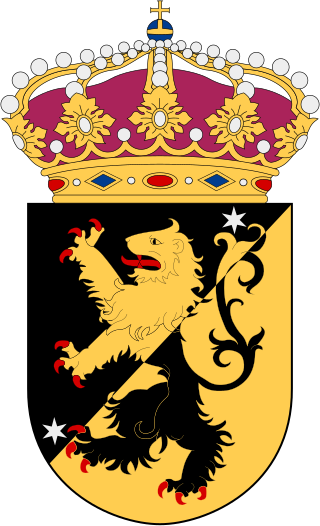
Västgöta Wing, also F 6 Karlsborg, or simply F 6, is a former Swedish Air Force wing with the main base located near Karlsborg in south-central Sweden.

Skaraborg Wing, also F 7 Såtenäs, or simply F 7, is a Swedish Air Force wing with the main base located near Lidköping in south-central Sweden.

Svea Air Corps, also F 8 Barkarby, or simply F 8, is a former Swedish Air Force air corps wing with the main base located in Barkarby just north of the capital Stockholm on the east coast.

Göta Wing, also F 9 Säve, or simply F 9, was a Swedish Air Force wing with the main base located near Gothenburg in south-west Sweden.

Scania Wing, also F 10 Ängelholm, or simply F 10, is a former Swedish Air Force wing with the main base located in southernmost Sweden.

Kalmar Wing, also F 12 Kalmar, or simply F 12, is a former Swedish Air Force wing with the main base located on the south-east coast of Sweden.
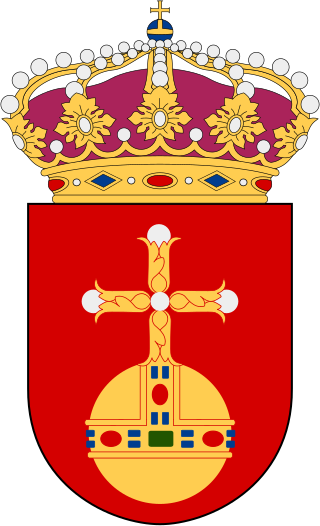
Roslagen Air Corps, also F 2 Hägernäs, or simply F 2, is a former Swedish Air Force air corps with the main base located on the east coast of Sweden just north of the capital Stockholm.
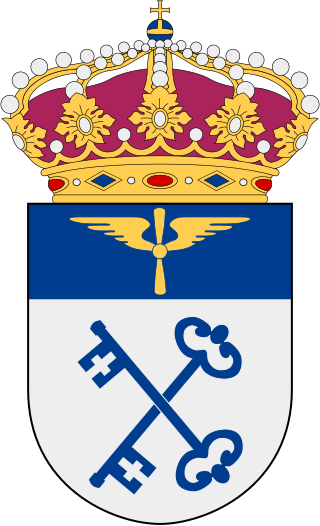
Norrbotten Wing, also F 21 Luleå, or simply F 21, is a Swedish Air Force wing with the main base located in Luleå Airport in northern Sweden. It is one of the three remaining wings in Sweden and currently has two squadrons of multirole aircraft. F 21 in the north and F 17 in the south are the two wings remaining to have operational squadrons. F 7 is a school where pilots begin their training in the JAS 39 Gripen. Once completed the pilot's training is moved out to the two operational wings where they acquire their final training.

Värmland Brigade was a Swedish Army infantry brigade. Most of the brigade's soldiers were trained at the Värmland Regiment in Karlstad. The unit was disbanded as a result of the disarmament policies set forward in the Defence Act of 2000.

Hälsinge Wing, also F 15 Söderhamn, or simply F 15, is a former Swedish Air Force wing with the main base located near Söderhamn in northern Sweden.
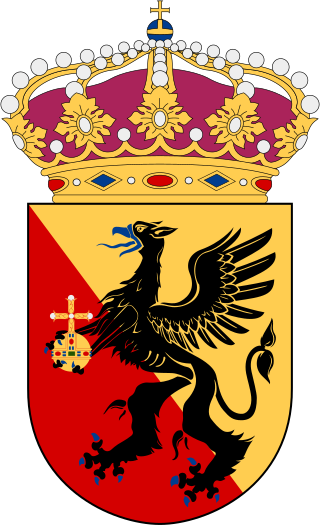
Södertörn Wing, also F 18 Tullinge, or simply F 18, is a former Swedish Air Force wing with the main base located in Tullinge just south-west of the capital Stockholm on the east coast.

The Western Army Division, was a division of the Swedish Army that operated in various forms from 1941 to 1997. Its staff was located in Skövde Garrison in Skövde.
The Swedish Armed Forces Helicopter Wing organizes all Swedish Armed Forces military helicopter operations. The unit was formed in 1998 by merging the Army, Air Force and Navy helicopter resources. The unit is located in three places in Sweden, with headquarters at Malmen Airbase in Linköping.























